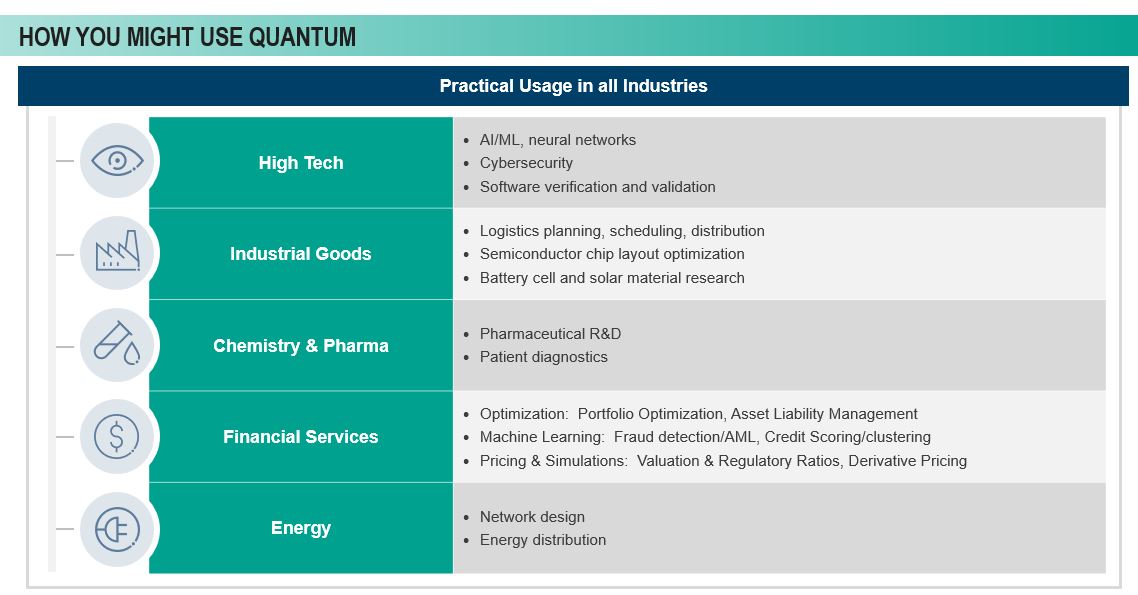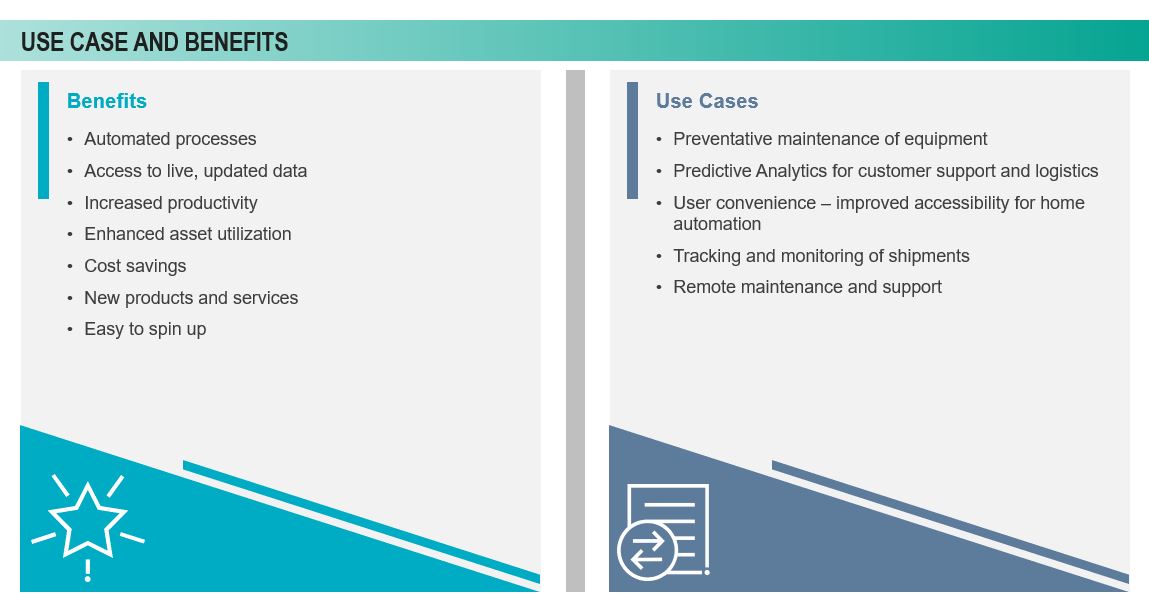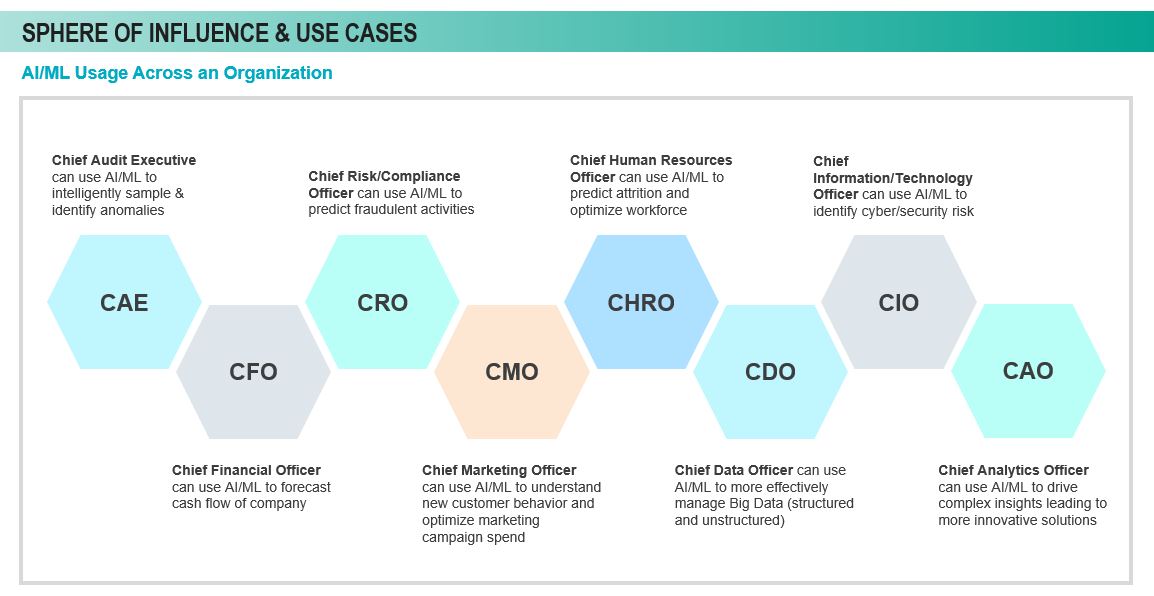In all industries, emerging technologies like quantum computing, Internet of Things and artificial intelligence and machine learning are creating new possibilities. They also involve new risks. In our Tech Insights webinar series, we explored the Risks of Emerging Technology. The common theme? Adopting – or ignoring – new technology both incur risk. The good news? The risks can be managed.
Quantum Computing
Computing was first built on binary math, where bits get set to one or zero. Quantum computing (QC) is built on qubits instead, which get set to zero, one or a superposition state of both. This fundamental difference underlies QC’s dramatic performance advantage. A problem that would take a conventional supercomputer ten millennia to solve can be processed in around three minutes using QC.
Only about three percent of organizations are using QC now, but 66 percent of IDC survey respondents expect to experiment with quantum in the next 18 to 24 months. Prognosticators envision reduced time to market, optimized product delivery and improved decision-making. Applications include large-scale, near-instantaneous analyses of massive datasets, like portfolio optimization in financial services, cybersecurity in high tech, logistics planning in industry and distribution optimization in utilities. QC will also power further advancement of other technologies such as artificial intelligence and neural networks.

QC will disrupt today’s business models. Imagine a competitor who processes data 100 million times faster: products and services, carefully developed over years, are rendered obsolete. Already, providers are making QC available through cloud technology. This approach propels development by sparing early adopters from operating the subzero facilities this fragile technology requires. Once organizations start achieving QC’s advantages, adoption will accelerate. QC will become integral to businesses’, governments’ — and cyber criminals’ — operations. Quantum-powered malware will render most of today’s encryption useless, but QC will also enable better protections.
QC’s learning curve is steep. Leaders can gain strategic insight without delving into the underlying science. Start by monitoring new applications of QC in their industries and beyond. Keep QC aligned to business strategy. Seek out and engage experts with foundational learning resources. Lay the groundwork for strong QC governance; conduct assessments of readiness and risk. Above all, engage in the discussion now.
Internet of Things
Internet of Things (IoT) includes networked cameras and meters, but also the applications that pass data to the network and the trove of data that those devices are storing and transmitting. When the data generated is mined properly, IoT yields powerful business advantages.

Customer expectations are increasing alongside IoT use. Businesses that disregard it won’t keep up. They’ll also miss out on productivity gains and cost reductions.
Adopting IoT carries other risks, however. Business that deploy it without strong governance run the risk of losing control. IoT technology increases the attack surface available to bad actors. Devices can be hard to track; devices fail. The trove of data IoT yields raises data integrity and privacy issues and heightens the risk of noncompliance. Last year’s IoT Cybersecurity Act set standards manufacturers must follow to qualify for government contracts. They’ll lose business if they can’t comply.
IoT manufacturers are caught between providing security features and remaining price-competitive. Low costs and speed to market will beat security features until consumers start valuing security more — or authorities mandate it.
Businesses can manage IoT risk by developing device inventories. Recruit technology, business and security participation to steering committees to assess current IoT ecosystem risks. Align IoT security with one of several available frameworks — and also include vendors’ guidance for hardening, monitoring and response.
Artificial Intelligence and Machine Learning
Artificial Intelligence (AI) describes computer systems that can perform tasks that, until recently, required human intelligence: visual perception, speech recognition and decision-making. AI encompasses Machine Learning (ML), whereby programs employ statistical techniques to improve their own performance through their own experience (in the form of data) as well as through human inputs.
AI/ML detects patterns and applies rules to predict outcomes, spot anomalies and yield insights. Its benefits include better user experiences and increased productivity. This year, nearly 78 percent of companies report AI capabilities in production, versus 66 percent in 2020. Just like IoT, we all interact with AI many times a day, and every business function can benefit from its use.

Disregarding AI/ML could mean disruption. AI/ML will spur new customer expectations that these organizations can’t meet. They’ll miss opportunities to gain efficiencies.
Adopting AI/ML is not without risk, however. Leaders will encounter issues related to reliability and applicability of data, as well as ethical use. They’ll need to demonstrate traceability of outcomes from requirements through performance.
Getting AI/ML right calls for balancing innovation with controls to mitigate risks. Develop a governance structure that encompasses policies, skills, tools and data. Learn about available AI/ML methods and the models to which they apply. Align AI/ML uses with strategy and establish monitoring processes for AI/ML implementations.
Blockchain
During the webinar, we took questions about blockchain: an encrypted ledger of digital events that’s shared by the participants in these events. In financial services, applications of blockchain include cryptocurrency and smart contracts. It’s also used to document commodities’ sources of origin and to eliminate risk of counterfeits. Bad actors will attempt to use QC to compromise cryptocurrency transactions. Technologists are preparing to thwart them with new cryptocurrency that takes a “quantum-proof” approach to blockchain.
Cloud
Cloud computing delivers servers, databases, software and more over the Internet. No longer new, this established technology continues to offer rapid innovation, flexible resources and economies of scale versus on-premises information technology. Cloud also enables emerging technologies like QC, IoT AI/ML and blockchain.
Cloud is often perceived to be faster, cheaper and more reliable than on-premises operations, but cloud-related costs can quickly spiral out of control. Leaders should introduce controls for establishing new cloud environments, and ensure tenants manage the volume of data processed through and stored within the cloud. Cloud monitoring is critical to well-managed implementations, but there’s often confusion about who’s responsible: cloud customer or cloud provider? Clarifying that point is crucial. In addition, security remains a concern: take guidance from industry-accepted standards like the Cloud Security Alliance. Conduct assessments to analyze current cloud configurations versus controls.
Emerging technologies like QC, IoT, AI/ML and blockchain provide unprecedented opportunities for product innovation and enhanced business performance. They all come with new risks, but risk can be managed and the opportunity and upside related to well-managed deployment and use is tremendous. The Tech Insights webinar series helps leaders navigate what’s up and coming. Learn more about emerging technology risk management by watching the Risks of Emerging Technology, and explore other webinars in the series online.
To learn more about our emerging technologies consulting, contact us.






